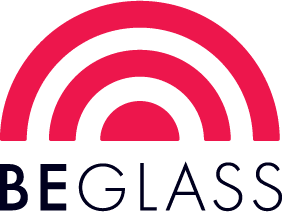Overview
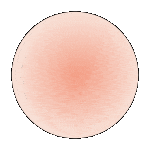
Striker
This style may not reveal (strike to) its target color until fired.
Reactive Potential
Contains: Sulfur (S) / Selenium (Se)
May React With: Copper (Cu), Lead (Pb), and Silver (Ag)
Forms of Glass
Sheet Glass (-0030, -0050), Frit (-0001, -0002, -0003, -0008), Rod (-0576), and Stringer (-0107, -0272)
Detailed Information
About 001119 Sheet Glass
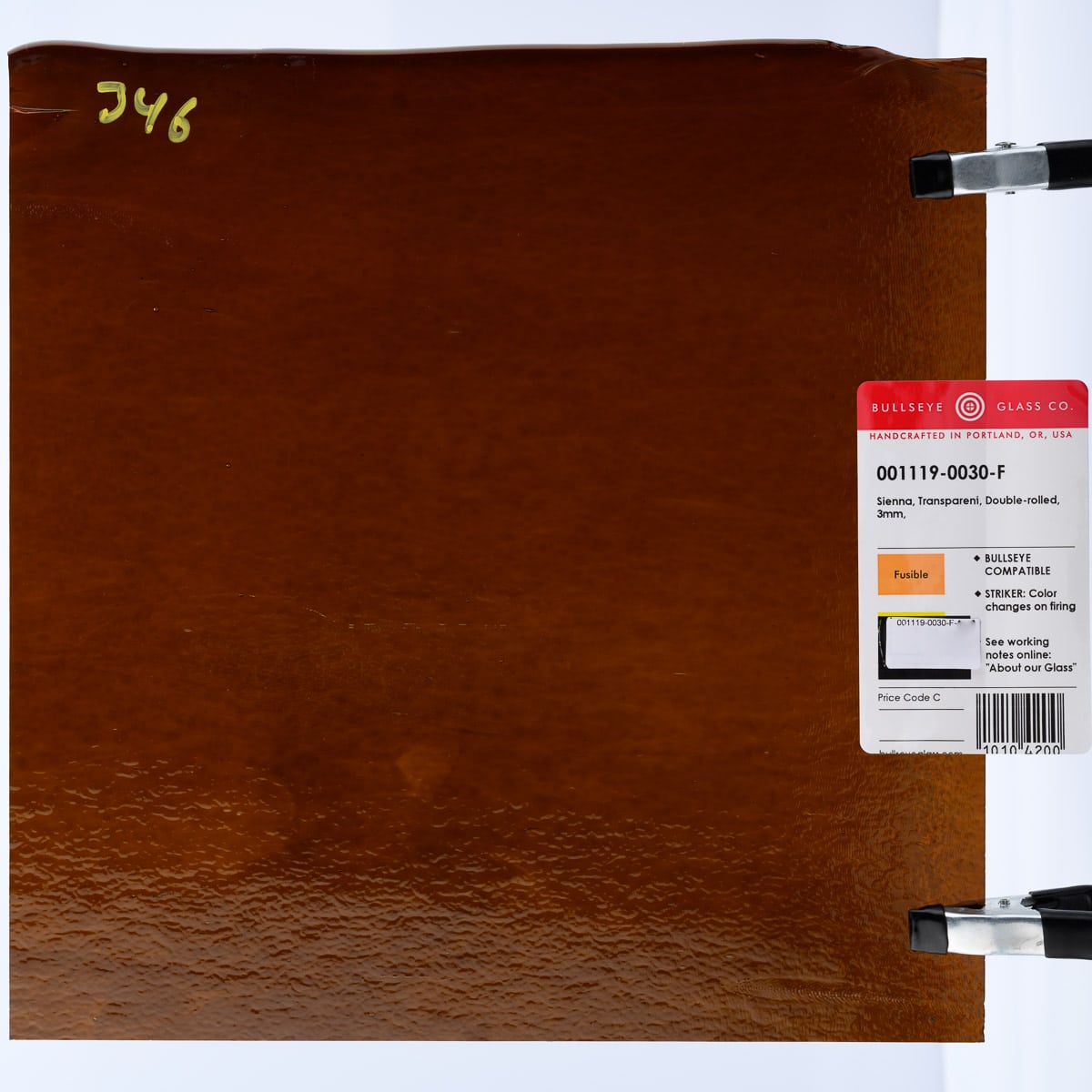
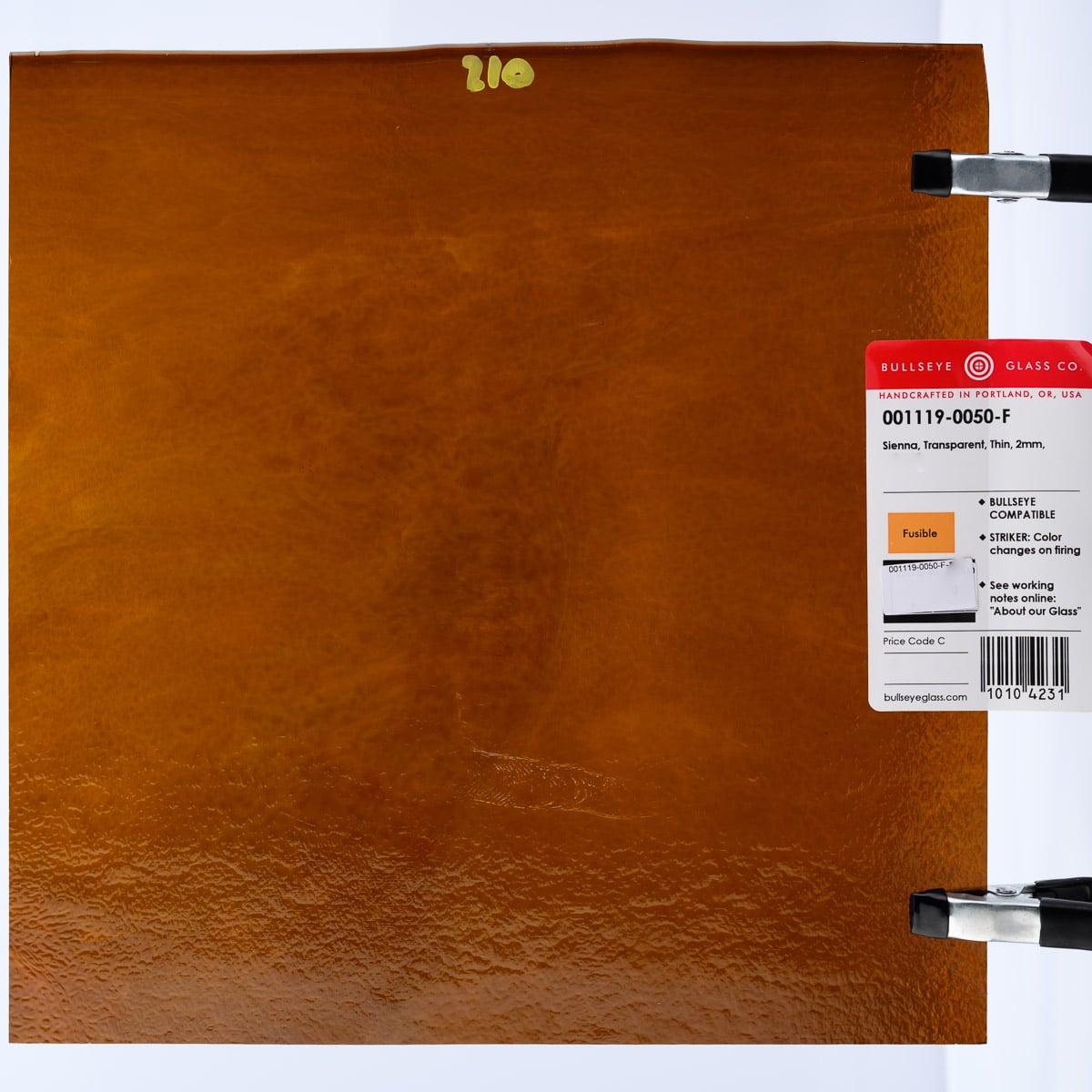
Cold Characteristics
Uniform color.
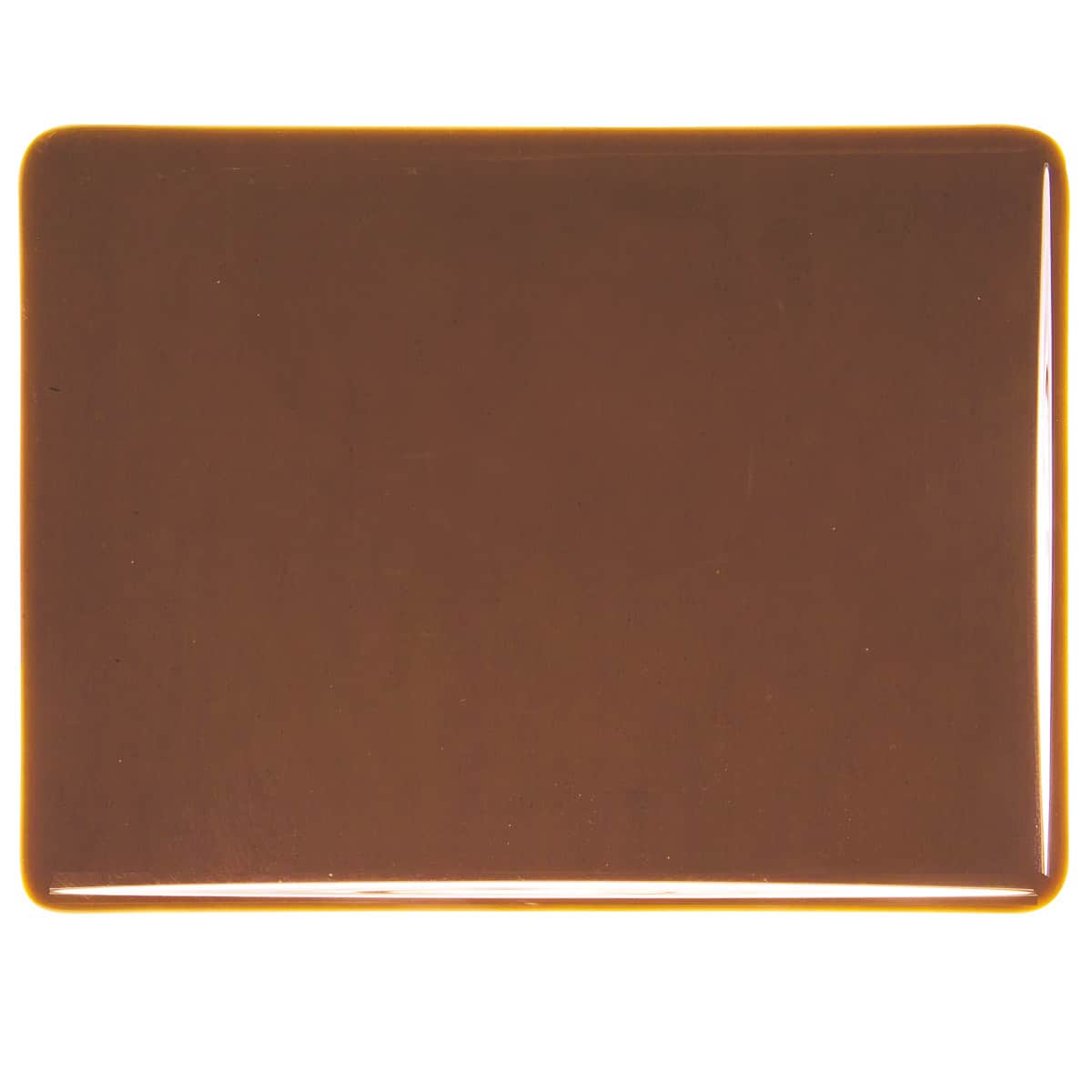
Working Notes
This style is not suitable for kilncasting because it can opalize and/or become incompatible when held at high temperatures for an extended period. It may also opalize and/or become incompatible in instances where processes exceed the parameters of the test for compatibility. Testing recommended when heatwork exceeds these parameters. Heatwork & Cadmium-Bearing Glass
Fusible / Bullseye Compatible
About 001119 Frit
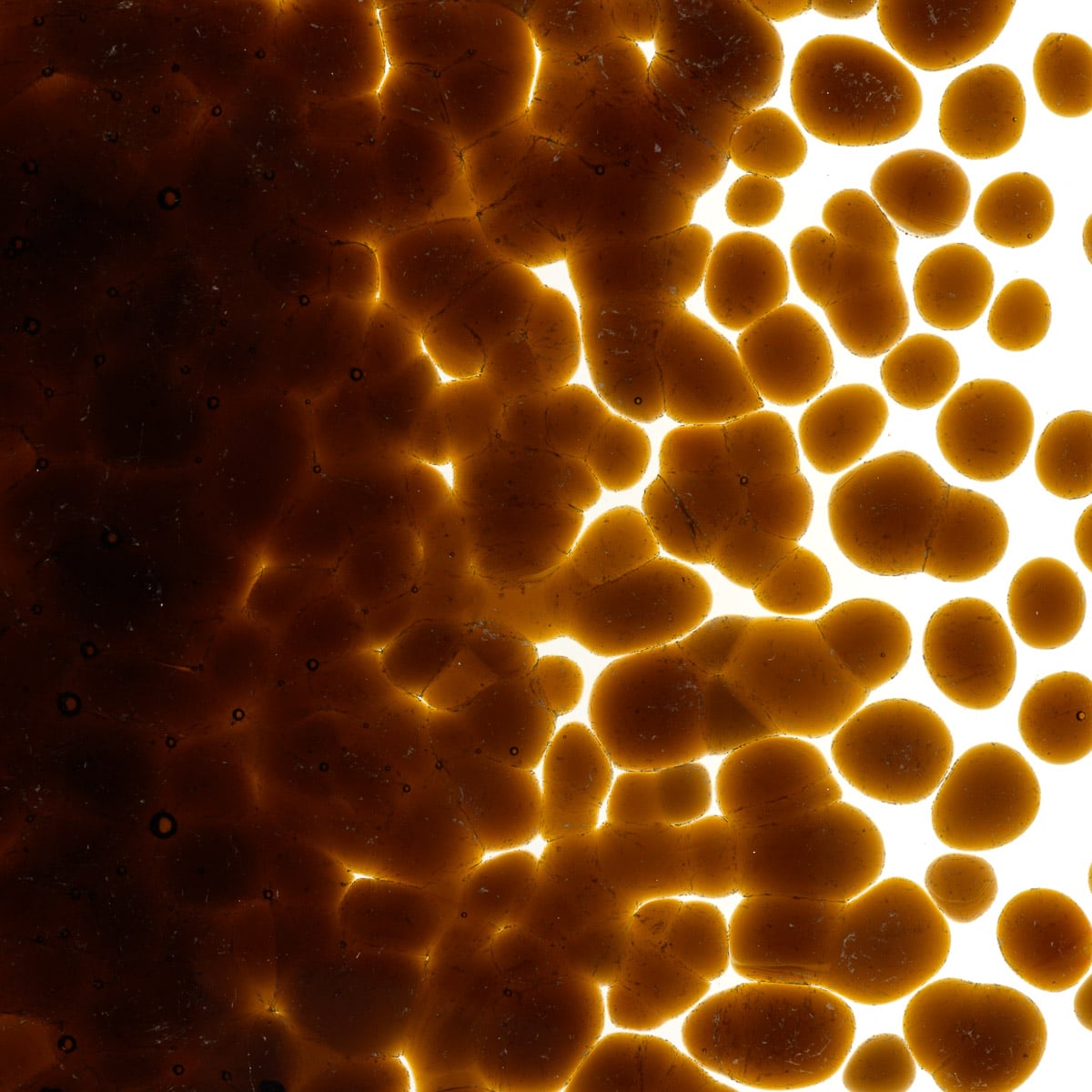
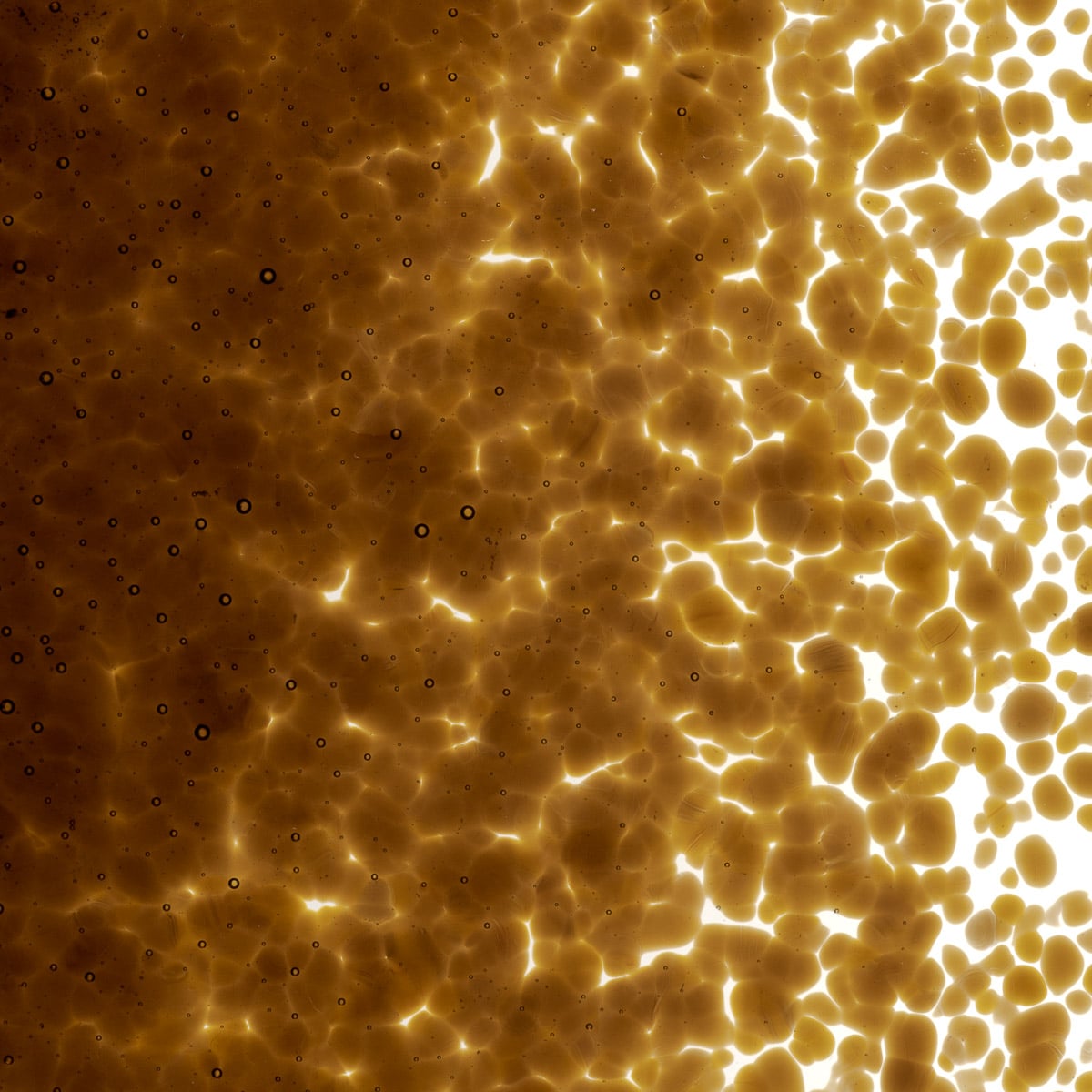
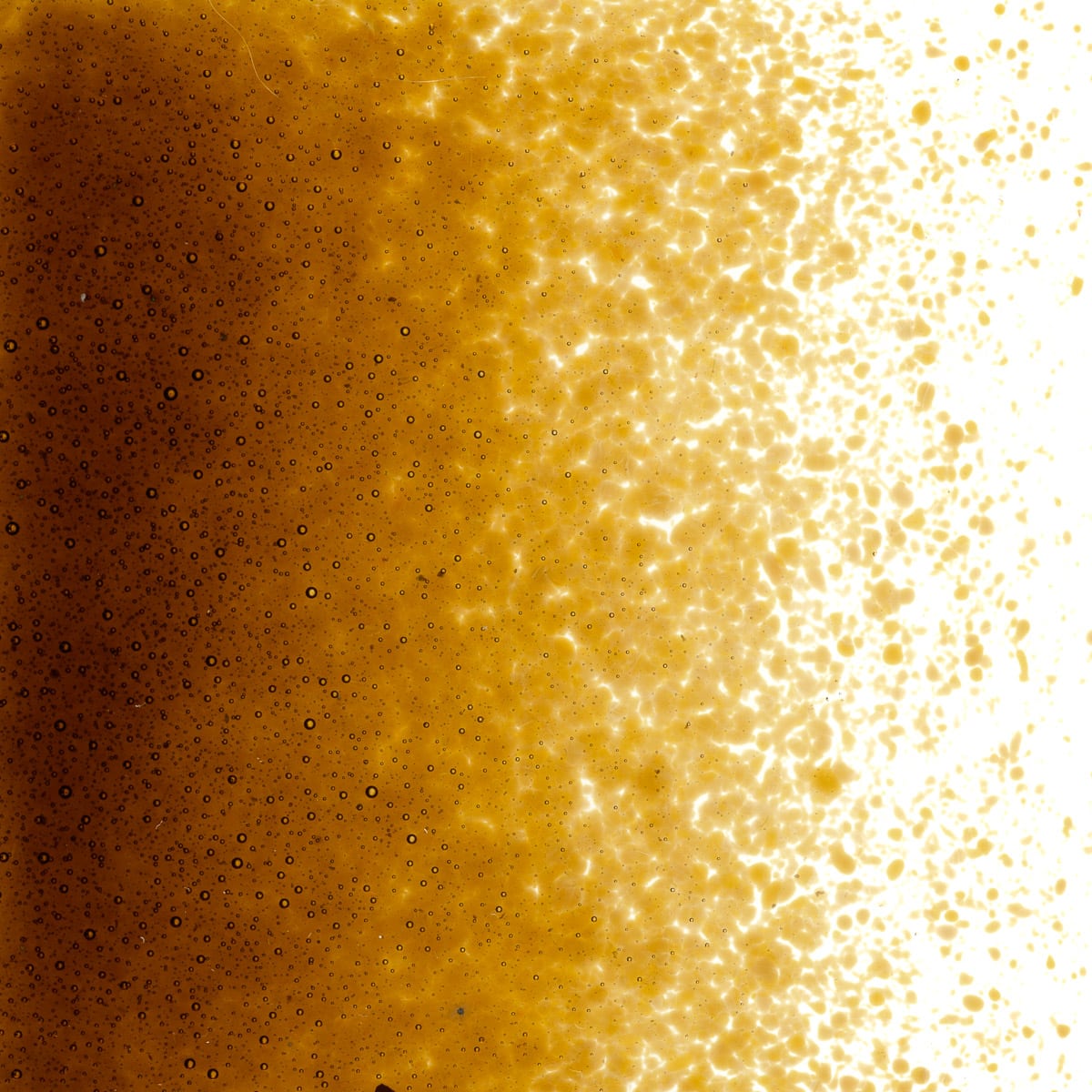
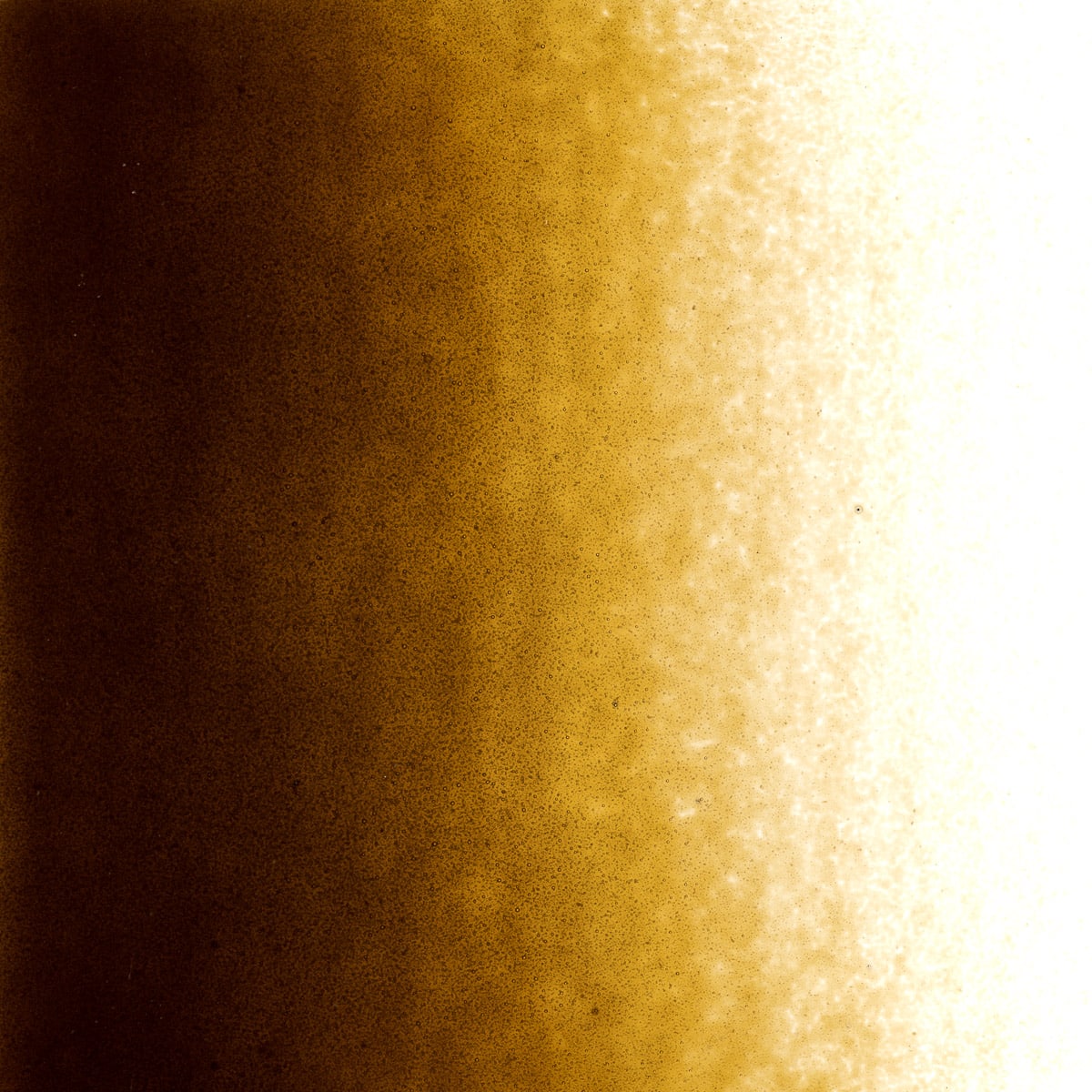
Working Notes
See sheet glass notes for this style.
About 001119 Rod
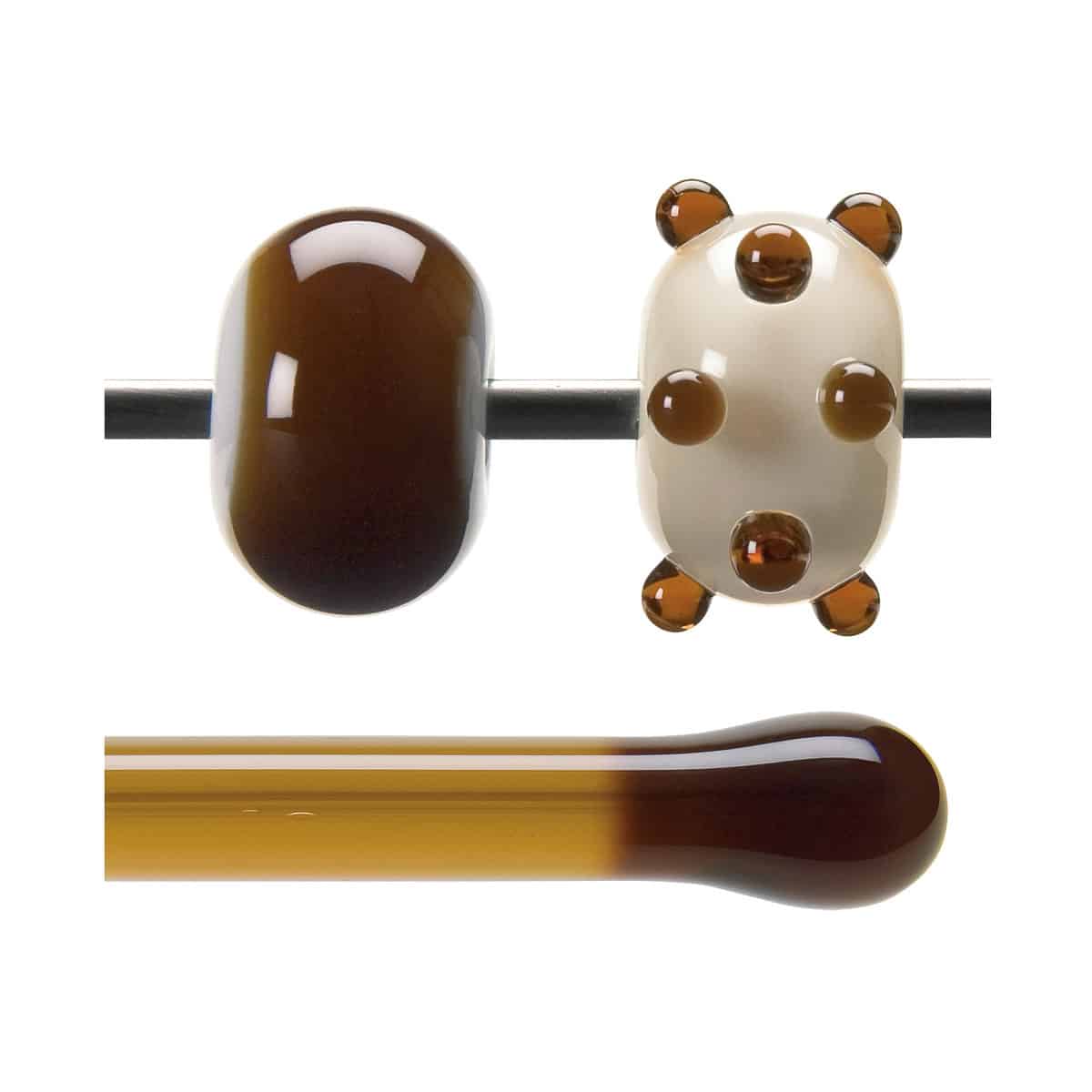
Cold Characteristics
Very dark brown.
Working Notes
Torch: Color develops in the flame. Keep this style transparent by using it in small amounts with minimal heatwork.
Kiln: Working properties and kilnformed characteristics are consistent with sheet glass.
Other: The brown color of this style results from reactions between several of the elements that are listed as reactive with one another elsewhere on this chart. As such, it may react with many of the other glasses that contain these elements. However it is likely that the reaction will be subtle or unnoticeable due to similarities in the color of the reaction and the color of the glass. We advise labeling all striking glasses.
This style is not suitable for kilncasting because it can opalize and/or become incompatible when held at high temperatures for a extended periods. It may also opalize and/or become incompatible in instances where processes exceed the parameters of the test for compatibility. Testing recommended when heatwork exceeds these parameters.
About 001119 Stringer
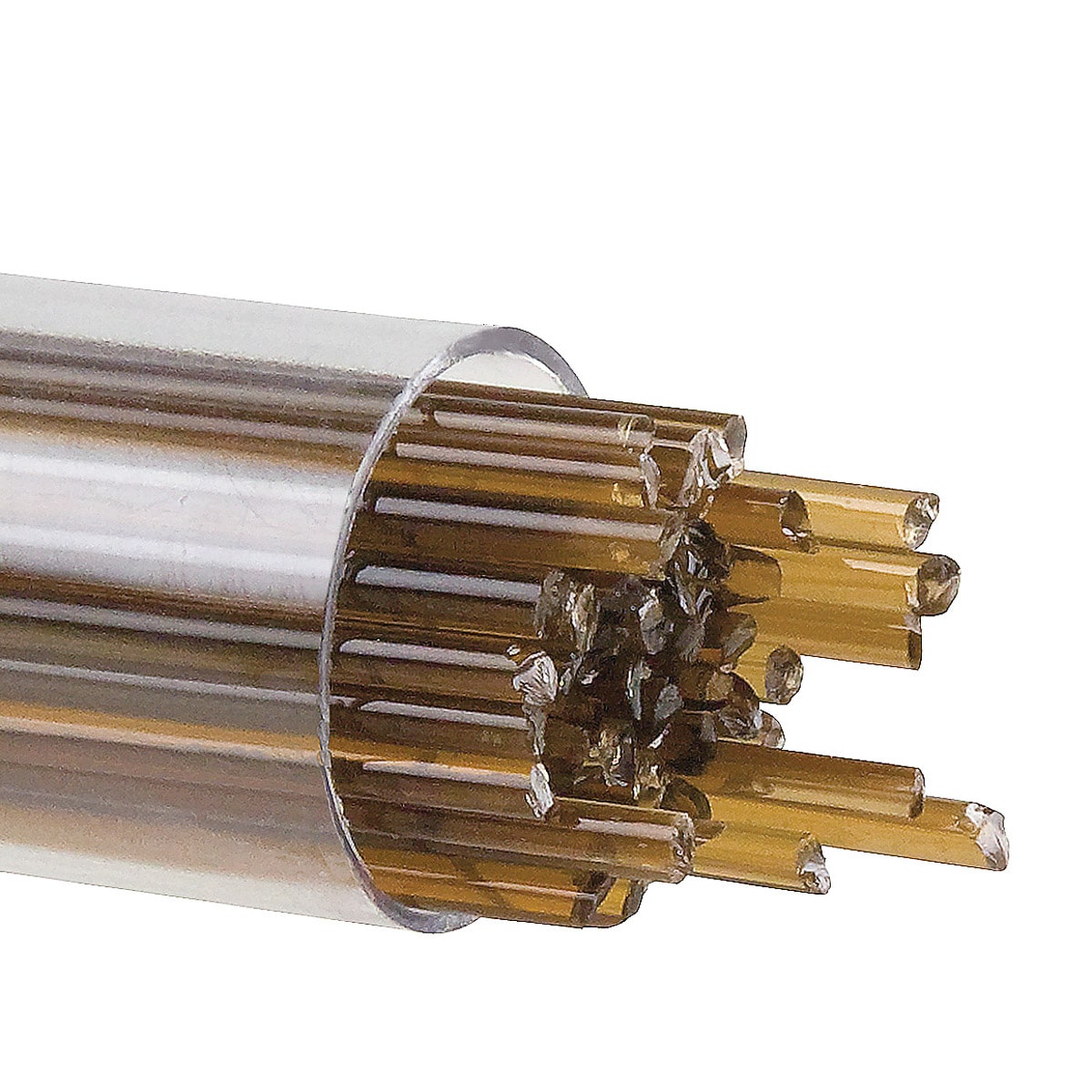
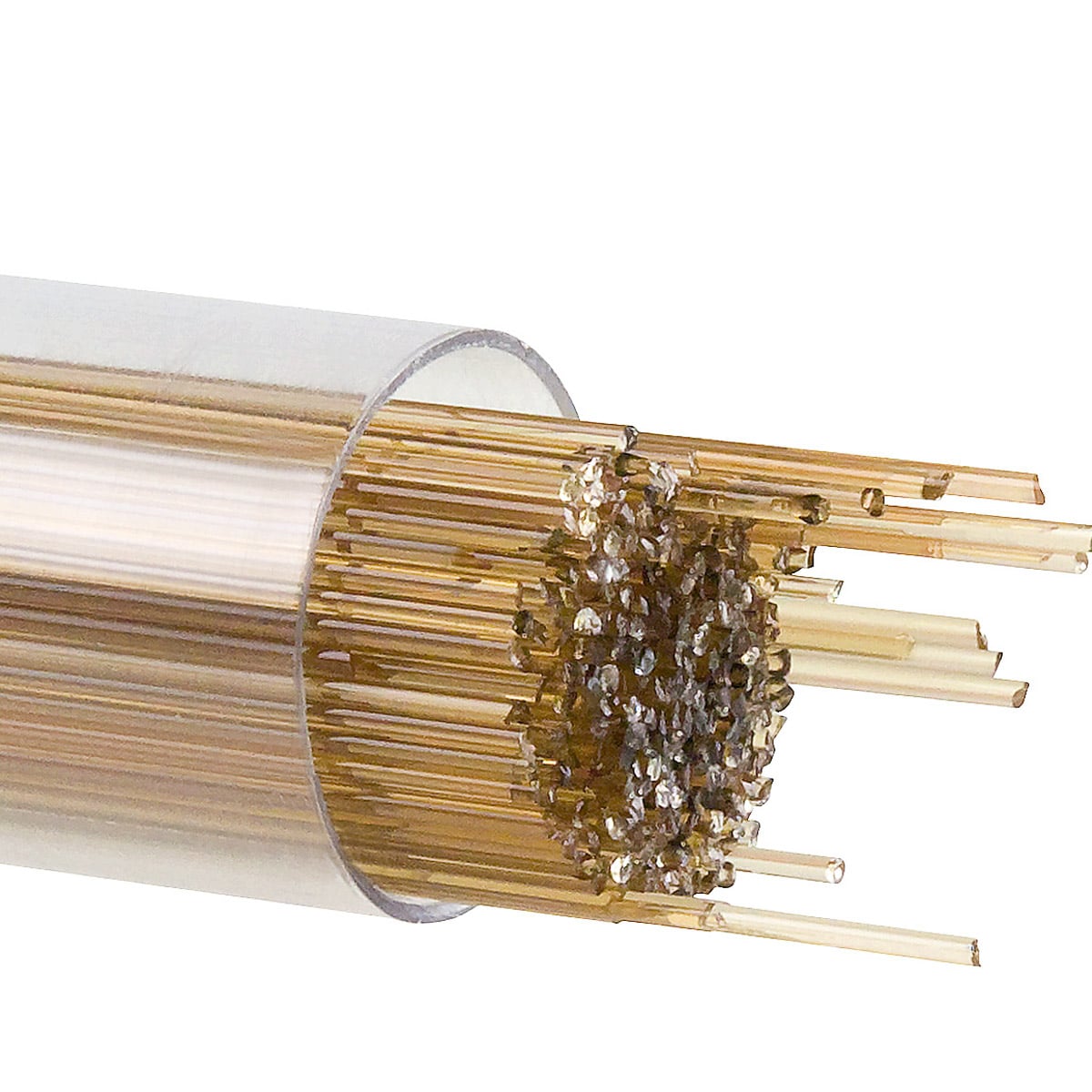
Working Notes
See sheet glass notes for this style.
